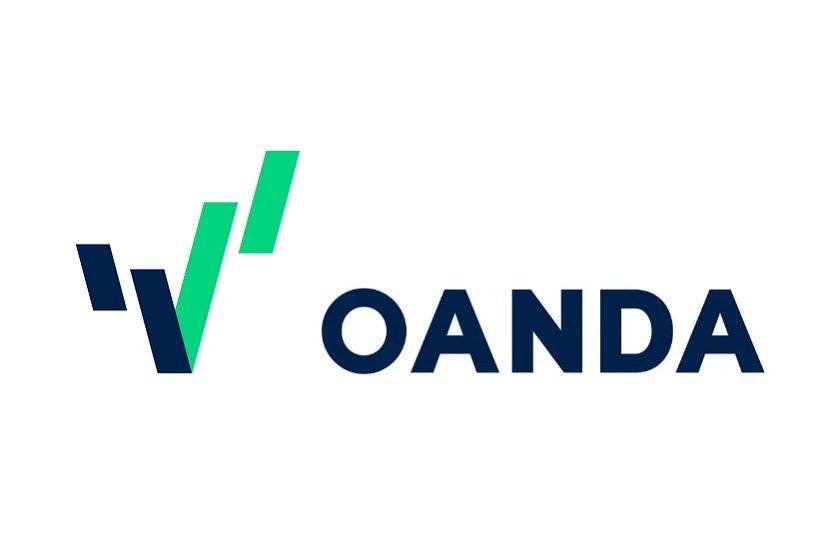Nhà môi giới được đánh giá cao nhất
-
Tài khoản giao dịch chuyên dụng
-
Rút tiền tức thì 24/7
- Phí rút tiền$0
- Phí đặt cọc$0
- Đòn bẩy tối đa1:50
-
Thực thi đặc biệt
-
Khách hàng Mỹ
-
Scalping
- Phí rút tiềnN/A
- Phí đặt cọcN/A
- Đòn bẩy tối đa1:50
-
Tài khoản giao dịch chuyên dụng
-
Rút tiền tức thì 24/7
- Phí rút tiềnN/A
- Phí đặt cọcN/A
- Đòn bẩy tối đa1:500
-
10+
năm hoạt động Đọc về chúng tôi
-
5
nhà văn giàu kinh nghiệm Đọc về chúng tôi
-
1500
bài viết hữu ích Đọc blog
-
150
môi giới được xem xét Xem đánh giá
Dưới đây là những lựa chọn hàng đầu của chúng tôi dành cho Nhà môi giới FOREX Tốt nhất, để xem danh sách đầy đủ hãy nhấp vào bên dưới
Tất cả các nhà môi giới ngoại hốiDưới đây là những lựa chọn hàng đầu của chúng tôi dành cho Nhà môi giới ngoại hối được quản lý tốt nhất, để xem danh sách đầy đủ, hãy nhấp vào bên dưới
Tất cả các nhà môi giới được quản lýDưới đây là những lựa chọn hàng đầu của chúng tôi dành cho Nhà môi giới VÀNG Tốt nhất, để xem danh sách đầy đủ hãy nhấp vào bên dưới
Tất cả các nhà môi giới giao dịch vàngKể từ năm 2014, chúng tôi đã không ngừng cải thiện cổng thông tin của mình bằng cách thêm các phần hữu ích mới cho khách truy cập! Tất cả điều này được thực hiện với một mục tiêu – cung cấp cho bạn thông tin đầy đủ, chính xác và phù hợp nhất về các công ty Forex!
-
 Stelian Olar
Stelian Olar -
 Ignatius Bose
Ignatius Bose -
 Francisco José Santos
Francisco José Santos -
 Yevhen Abramovych
Yevhen Abramovych
-
30k
khách truy cập hàng tháng Đọc về chúng tôi
-
10+
năm hoạt động Đọc về chúng tôi
-
1500
bài viết hữu ích Xem blog của chúng tôi
-
5
nhà văn giàu kinh nghiệm Gặp đội của chúng tôi





